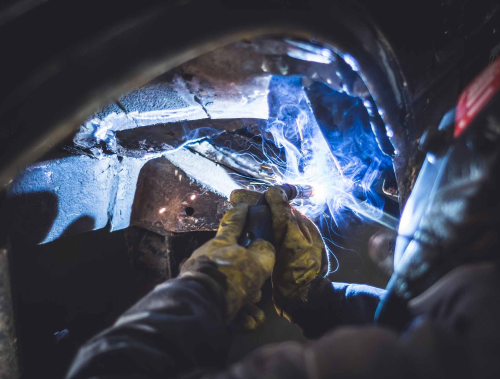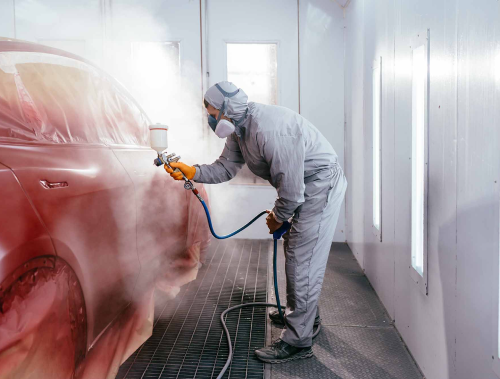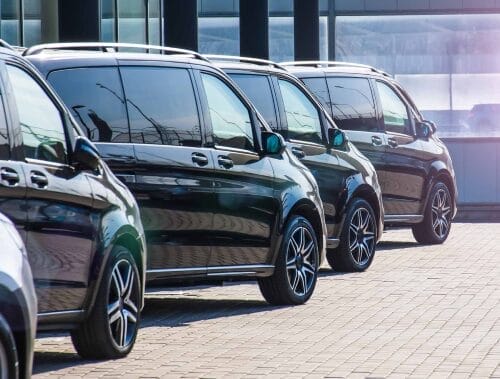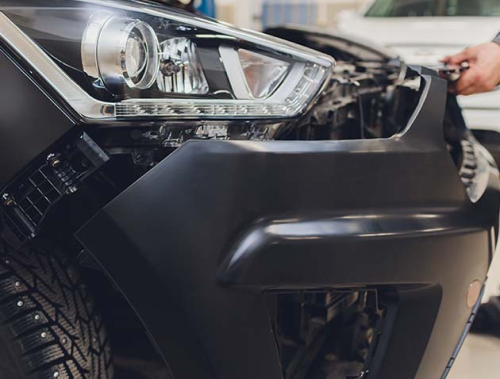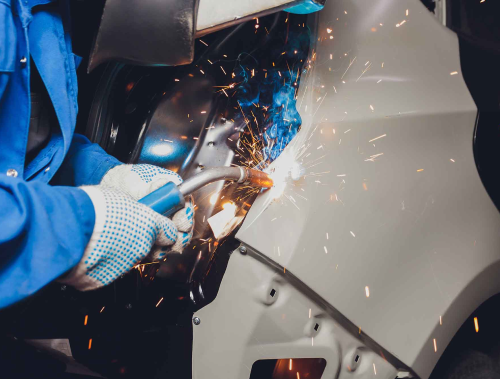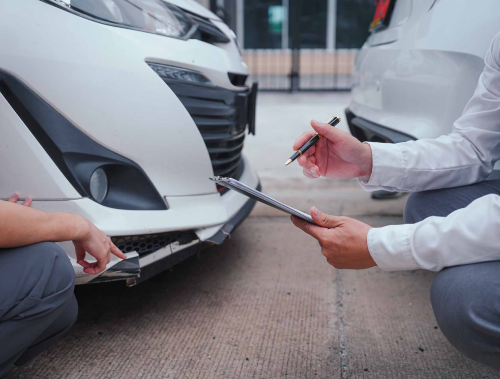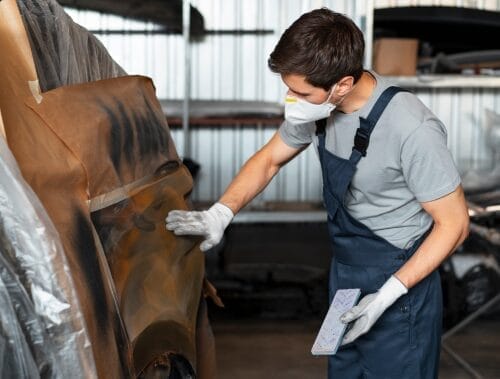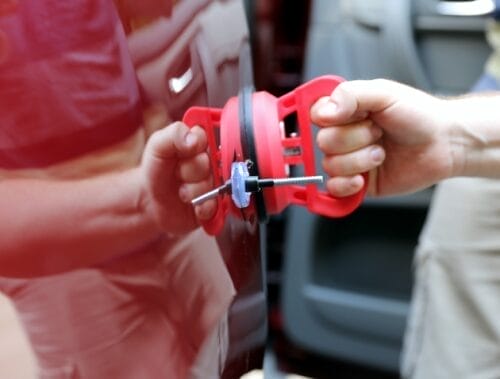Navigating intersections safely is a crucial skill for all road users, especially in busy urban areas where the traffic flow is dense and complex. Whether you’re a pedestrian, cyclist, or driver, understanding the dynamics of intersections and practicing safe habits is essential to prevent accidents and ensure everyone’s safety.
This blog post offers practical tips and advice for navigating intersections safely. We will explore the unique challenges faced by pedestrians, cyclists, and drivers, providing clear guidance on how to stay safe and make smart decisions at intersections.
Understanding Intersection Dynamics
Intersections are complex points where different types of traffic—pedestrians, cyclists, and vehicles—meet. They are controlled by traffic signals and signage and often include crosswalks. These elements are designed to manage the flow of traffic and ensure that all road users can navigate safely.
However, the reality is that intersections can be challenging to navigate, especially during peak hours when traffic is heavy. Awareness and attentiveness are key for all road users to avoid potential hazards. Some common challenges include:
- High traffic volume: More vehicles and pedestrians mean more potential for conflict.
- Obscured visibility: Large vehicles, parked cars, or buildings can block sightlines, making it difficult to see other road users.
- Complex signals: In some cases, intersections may have complicated traffic signals that can be confusing, especially for new drivers.
By understanding how intersections work and recognizing the challenges, road users can better prepare themselves to navigate these areas safely.
Tips for Pedestrians
Follow Traffic Signals
Traffic signals are crucial for pedestrian safety at intersections. Always wait for the “Walk” signal before crossing. Even if the road appears clear, other vehicles or cyclists may be approaching that you haven’t noticed.
It’s also important to gauge the timing of traffic lights. If you see the signal flashing or counting down, it’s best to wait for the next cycle instead of rushing to cross. This can help prevent being caught in the middle of the intersection when the lights change.
Use Crosswalks
Crosswalks are designed to keep pedestrians safe by making them more visible to drivers. Always use marked crosswalks when crossing the street, and make sure you are visible to oncoming traffic. A simple way to increase your visibility is by wearing bright or reflective clothing, especially in low-light conditions.
Crosswalk markings signal to drivers that they must yield to pedestrians. However, it’s still wise to ensure that drivers see you before stepping into the road. Make eye contact with drivers if possible, as this often prompts them to stop.
Stay Alert
Distractions can be deadly at intersections. Avoid using your phone or wearing headphones while crossing the street. Staying alert allows you to respond quickly to unexpected hazards, like a car running a red light or a cyclist entering the crosswalk suddenly.
Additionally, making eye contact with drivers can further ensure they are aware of your presence. This simple action can significantly reduce the risk of being hit by a vehicle that might otherwise not notice you.
Special Considerations for People with Disabilities
People with disabilities face unique challenges when navigating intersections. Accessible features like audible signals can help those who are visually impaired cross safely. If you rely on these features, take your time to ensure they are functioning correctly before stepping into the intersection.
Communication with drivers can also be essential. If you use a mobility aid or require more time to cross, signal this to drivers so they are aware and can accommodate your needs.
Tips for Cyclists
Cyclists face unique challenges when navigating intersections, particularly in urban areas where traffic is heavy and diverse. By following a few key practices, cyclists can enhance their safety and ensure a smoother ride through these potentially hazardous areas.
Navigating Bike Lanes and Intersections
Proper positioning is crucial for cyclists approaching intersections. As you near an intersection, make sure to stay within the bike lane or as close to the right side of the road as possible, depending on the traffic flow and road design. This positioning helps you stay visible to both drivers and pedestrians.
Using hand signals is equally important. These signals communicate your intentions to other road users, reducing the likelihood of misunderstandings that could lead to accidents. For example:
- Left Turn: Extend your left arm straight out to signal a left turn.
- Right Turn: Extend your left arm out and bend upward at the elbow, or your right arm straight out to signal a right turn.
- Stop: Extend your left arm downward to signal that you are slowing down or stopping.
By consistently using these hand signals, you can make your movements more predictable to drivers and other cyclists, thereby reducing the risk of collisions.
Yielding to Pedestrians
Cyclists must be particularly mindful of pedestrians at intersections. Yielding the right of way to pedestrians, especially in crosswalks, is not just a legal requirement but also a critical safety practice.
When approaching an intersection, slow down and be prepared to stop if pedestrians are present. Even if you have the green light or the right of way, ensure that all pedestrians have safely crossed before you proceed. This approach protects pedestrians and helps prevent sudden stops or swerves that could endanger you or others.
Staying Visible
Visibility is a key factor in cyclist safety, especially at intersections where drivers may not always be looking out for bikes. Wearing reflective gear and using lights, even during the day, can significantly enhance your visibility to drivers.
- Reflective Gear: Wear a reflective vest, jacket, or accessories like reflective ankle bands to make yourself more noticeable.
- Lights: Use a white front light and a red rear light on your bike, and consider adding reflective tape to your bike frame and helmet.
In addition to wearing visible gear, staying within bike lane markings is crucial. These markings not only guide you safely through intersections but also signal to drivers where to expect cyclists. By adhering to these lanes, you reduce the risk of unexpected encounters with vehicles.
Dealing with Turning Vehicles
One of the most common dangers cyclists face at intersections is vehicles making turns. To avoid accidents, it’s important to anticipate when a vehicle might turn and position yourself accordingly.
When approaching an intersection where vehicles are likely to turn, try to position yourself in a way that maximizes your visibility to drivers. For example, if you’re going straight, avoid staying directly in a driver’s blind spot by either pulling ahead of or staying behind the turning vehicle. This makes you more visible and gives you more time to react if the vehicle suddenly turns.
Additionally, being aware of drivers’ signals and the flow of traffic can help you anticipate turns and avoid collisions. If you suspect a driver hasn’t seen you, it may be safer to slow down and wait for them to complete their turn before proceeding.
Tips for Drivers
Drivers play a crucial role in ensuring safety at intersections. With multiple road users converging in one space, drivers need to be attentive, cautious, and well-informed about the rules of the road. Here are some essential tips for navigating intersections safely as a driver.
Yield to Pedestrians and Cyclists
Understanding the right-of-way rules at intersections is fundamental for drivers. Pedestrians and cyclists often have the right of way, especially when they are in crosswalks or bike lanes. It’s important to always yield to them, even if you believe you have the right to proceed.
Vigilance in crosswalks and bike lanes is particularly crucial. Always check for pedestrians and cyclists before turning or proceeding through an intersection. Keep in mind that cyclists might be traveling faster than you expect, so give them plenty of space and time to clear the intersection.
Approach Intersections Safely
Approaching intersections with caution can significantly reduce the likelihood of accidents. One of the best ways to ensure safety is to reduce your speed as you near an intersection. This gives you more time to react to any unexpected situations, such as a pedestrian suddenly stepping off the curb or a cyclist appearing from your blind spot.
Defensive driving is another key strategy in preventing accidents. This involves anticipating the actions of other road users and being prepared to respond safely. For example, even if you have a green light, it’s wise to slow down and scan the intersection before proceeding, especially if visibility is limited or the intersection is busy.
Avoid Distractions
Distractions are a leading cause of accidents, especially at intersections where split-second decisions can make all the difference. To ensure safety, keep your attention fully on the road and avoid any activities that could divert your focus, such as using your phone, eating, or adjusting in-car settings.
Before entering an intersection, take a moment to scan the area thoroughly. Look for pedestrians, cyclists, and other vehicles, and be aware of potential hazards. By keeping your attention on the road, you can better anticipate the actions of others and avoid collisions.
Special Considerations for Large Vehicles
Drivers of large vehicles, such as trucks and buses, must be especially cautious at intersections due to the size and limited maneuverability of their vehicles. Large vehicles have larger blind spots and require more space to turn or stop, which can pose additional risks to pedestrians and cyclists.
To ensure safety, drivers of large vehicles should:
- Double-check blind spots: Always check your mirrors and blind spots for pedestrians and cyclists before turning or changing lanes.
- Signal early: Give plenty of warning to other road users when you intend to turn or stop, as your vehicle may take up more space and time to complete these actions.
- Take extra care at crosswalks: Be particularly vigilant in crosswalks, as pedestrians may not always be visible from the driver’s seat of a large vehicle.
By following these tips, drivers can navigate intersections with greater confidence and safety, helping to protect all road users.
Conclusion
Intersection safety is a shared responsibility among all road users—pedestrians, cyclists, and drivers alike. By practicing safe habits, staying vigilant, and understanding the rules of the road, we can all contribute to reducing accidents and making our streets safer for everyone.
Remember, the choices you make at intersections can have significant consequences. Stay focused, be patient, and prioritize safety over speed. Let’s work together to create a safer community by sharing these tips and encouraging others to adopt safe practices at intersections.

